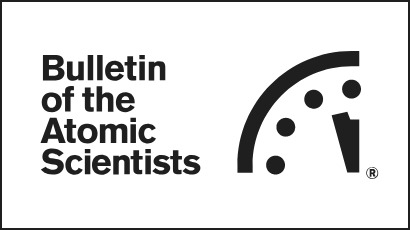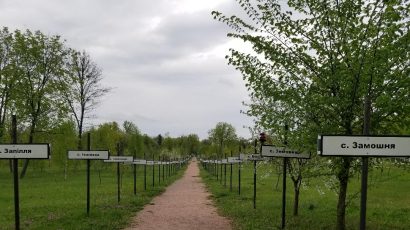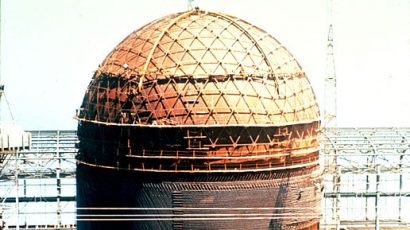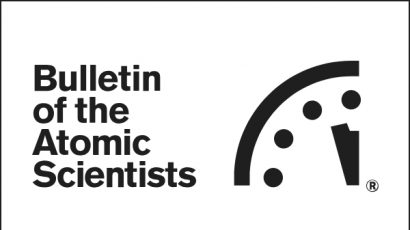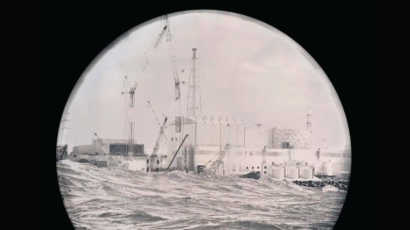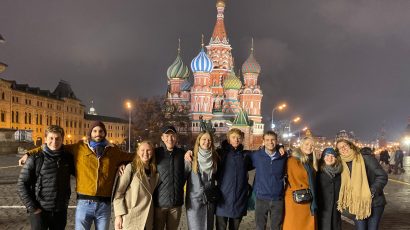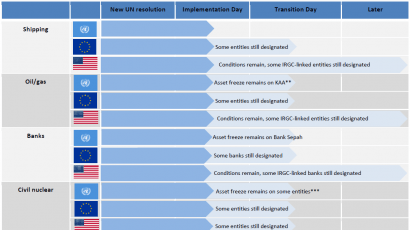Search results for
Back in May this year, Time magazine named its “100 Most Influential People” of the world for 2016—a list that included such well-known figures as Leonardo di Caprio, Pope Francis, Mark Zuckerberg, and the president of the United States, Barack Obama. And included among them was an environmentalist perhaps best-known to the reading public in … Continued
原子力のワンツー・パンチを生き延びる:ポスト・フクシマの世界におけるリスクと政策の評価
米国の原子力産業は、フクシマ・タイプの事故は米国では起こりそうにないと主張している。米国の原子力発電所で津波の被害に遭いやすいものはほとんどないからだという。しかし、どの原子力発電所も、設計上耐えられることになっている「設計基準事故」より深刻な事象に耐えられると想定することはできない。米国原子力規制委員会(NRC)は、既存および新設の原子力発電所が設計上耐え得るようにすべき事象の範囲を拡げるべきだ。
原子力のワンツー・パンチを生き延びる:ポスト・フクシマの世界におけるリスクと政策の評価
2011年3月11日に日本を襲った巨大な波は、甚大な人的悲劇と未曾有の原子力発電所の危機をもたらしただけ
It’s not radioactive Disneyland: Visit Chernobyl, but respect it.
Chernobyl is a place of a large-scale humanitarian and environmental catastrophe. Turning its exclusion zone into an open-air living museum will keep its memory alive, but only if we treat it with respect and understanding that this is neither a theme park based on a popular post-apocalyptic video game nor an Instagram Hotspot.
A message from Tripoli, Part 2: How Libya gave up its WMD
Second installment of a series on on how Libya was persuaded to relinquish its weapons of mass destruction
Popping the chatbot hype balloon
Understanding how chatbots work and the human labor and data involved can better help evaluate the validity of concerns about them—which although innovative, are hardly the stuff of science fiction.
ゼロ・リスク思考方法からの脱却 フクシマ後の原発国日本のための教訓と将来の責任
日本原子力委員会委員長代理が福島復旧計画の課題を吟味する。主要な短期的問題としては、損傷を受けた原子炉の安定化や10万トン以上の汚染水の管理などがある。長期的には、当局は、貯蔵プール内にある使用済み燃料、原子炉内の損傷した燃料、破損した原子炉などの問題を処理しなければならない。
The rising cost of decommissioning a nuclear power plant
Even without ongoing monitoring and security costs, the average reactor now costs about $500 million to deactivate.
Five minutes is too close
A careful review of threats leads the Bulletin's Science and Security Board to conclude that the risk of civilization-threatening technological catastrophe remains high, and that the hands of the Doomsday Clock should therefore remain at five minutes to midnight.
It is 30 seconds closer to midnight
The full text of the Bulletin Science and Security Board 2017 Doomsday Clock statement, which moved the Clock to two and a half minutes to midnight.
Picturing the invisible: Legacies of Fukushima in art
A traveling art exhibit sheds new light—often literally—on the 2011 Fukushima nuclear disaster and its enduring ecological and social consequences.
Three major nuclear accidents, as seen by young American and Russian professionals
We asked a group of young American and Russians professionals to do a deeper dive on the issue of nuclear safety after last summer’s airing of the popular HBO miniseries Chernobyl. The miniseries took a lot of liberties with the technical facts, but it captured the personal hardships and suffering of the nuclear disaster. We expanded the problem to include the nuclear accidents at Three Mile Island in the United States and Fukushima in Japan, so as to cover the effects of the world’s three major nuclear accidents on the future of nuclear power.
The persistence of the radioactive bogeyman
Since 1950, a remarkable number of American and European horror movies have used radiation as a central plot device. It is a rich, if not distinguished, history. In fact, it is a mostly miserable history, full of bad production values, bad plots, and bad acting. But that doesn’t mean these radioactive B-movies are unimportant. They reflect the fears and misconceptions of their era as they relate to scientific advances—and scientific arrogance.
Alert! Radioactive boars on two continents
This little piggy went to the Fukushima exclusion zone.
Germany’s Energiewende: The intermittency problem remains
We often hear about Germany’s audacious ‘energy turn-around,’ or Energiewende, from fossil fuels to renewables. But how has it really worked in practice, from the viewpoint of someone who has worked for more than two decades for both Germany’s utilities and large, energy-intensive industries? What lessons can the United States take from observing the German experience?
The best of the roundtables, 2015
A choice selection of pieces from our Deveopment and Disarmament Roundtable series
China’s rapidly expanding centrifuge enrichment capacity
China will soon have a huge excess of enriched uranium. It is time for the world to consider the proliferation consequences.
What the Iran deal means for blacklisted entities
Sanctions relief is easier said than done. A lot easier.
The experts assess the Iran agreement of 2015
Top experts assess an historic agreement

